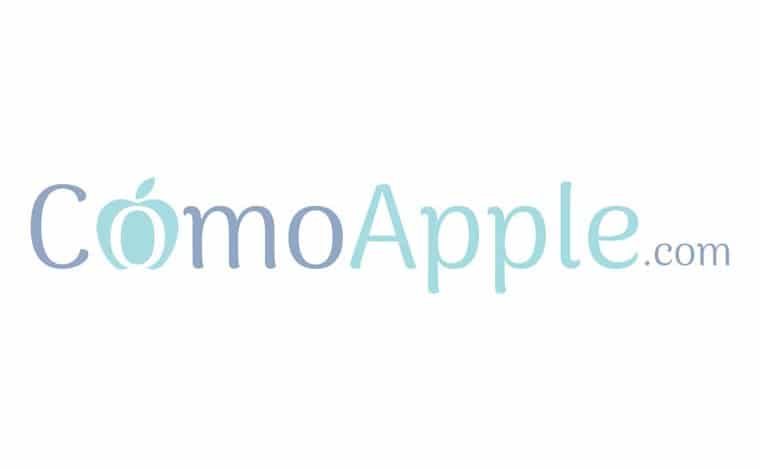
You can uninstall Apple Software Update by running the utility, finding it in the list of programs in CleanUp, selecting it, and clicking “Remove”.
Also, can you delete previous software UpDates on Mac? Can You Delete Old Software Updates On Mac? The new macOS update installer can be deleted and space can be recovered if it is downloaded automatically by your Mac. Navigate to the bottom left corner of your screen and click the Finder icon. If you prefer, you can drag the app icon to the Trash on the Dock.
Likewise, how do I revert back to a Mac update?
- Turn off your Mac.
- Restart it while holding down Shift + Option/Alt + Command + R to enter Internet Recovery Mode.
- Choose the Reinstall macOS option.
- Click Install.
Furthermore, can I Uninstall an Apple update? You can delete iOS updates on your iPhone/iPad by going to the General section of the Settings app. You can select “Storage & iCloud Usage” from the list. You can find the nagging iOS software update by tapping on it. You can delete an update by tapping “Delete Update” and confirming.
Also the question is, can I Uninstall Apple Software Update? You can repair Apple Software Update by pressing the Windows key + R and opening the Run dialog box. Press the Repair button after selecting Apple Software Update. The Apple Software Update can then be removed by clicking Uninstall.
How do I uninstall an iOS Update?
- On your iPhone, iPad, or iPod touch, go to Settings and tap General.
- Select iPhone Storage or iPad Storage, depending on your device.
- Locate and tap the downloaded iOS software update.
- Select Delete Update and confirm you do want to delete it.
How do I delete an iOS Update from my computer?
If you are using a Mac, you can delete the iOS firmware by going to Finder, pressing * cmd + * shift + G, and then going to */Library/iTunes/iPhone Software Updates. The files can then be deleted from there.
How do I uninstall Catalina Update on Mac?
- Start booting up your Mac.
- Press and hold Command (⌘) + R once you see the Apple logo.
- In the Utilities window, select Disk Utility and click Continue.
- Select your primary drive.
- Click Erase.
- Once your Mac’s drive is erased, quit Disk Utility.
How do I downgrade from Big Sur to Catalina?
- Click on the Apple logo and select Restart from the menu.
- Hold down Command + R to reboot in Recovery mode.
- Open Disk Utility > Continue.
- Select your Startup Disk > Erase.
- Select APFS or macOS Extended format and confirm your action.
How do I rollback Catalina?
In the macOS Utilities window, click Disk Utility. Select the hard drive with Catalina on it (Macintosh HD) and select [Erase]. Give your Mac’s hard drive a name, select Mac OS Extended (Journaled), and then click [Erase]. Select APFS if downgrading to macOS 10.14 Mojave.
How do I remove the iOS 14 update?
- Open the Settings app on your iPhone and go to “General”.
- Select “Storage & iCloud Usage”.
- Go to “Manage Storage”.
- Locate the nagging iOS software update and tap on it.
- Tap “Delete Update” and confirm that you want to delete the update.
How do I uninstall a software update?
How do I get rid of software update?
- Find and tap Settings > Apps & notifications > See all [number of apps] apps.
- Tap the menu icon (three vertical dots) > Show system.
- Find and tap Software update.
- Tap Storage > CLEAR DATA.
Is Apple Software Update a virus?
The Apple Software Update program is a safe updater service for both PC and Mac computers. The program is designed to keep any Apple-designed programs on your computer up-to-date with the latest software versions.
Why is Apple Software Update on my computer?
When you install iTunes or iCloud for Windows on your PC—or when you use Boot Camp Assistant to install Windows on your Mac—you get Apple Software Update for Windows. Apple Software Update keeps the Apple applications on your PC up to date.
What does Apple Software Update do?
Your PC is always up-to-date with Apple Software Update, which keeps your Apple applications running. Also, it provides the latest Apple security and software updates for your Mac OS X installation.
Can I go back to an older version of iOS?
Apple generally stops signing the previous version of iOS a few days after a new version is released. This means that it’s often possible to downgrade back to your previous version of iOS for a few days after you upgrade — assuming the latest version was just released and you upgraded to it quickly.
Why can’t I delete iOS update?
These updates can only be cleared by deleting the individual app’s Documents & Data. However, the Documents & Data cannot be directly deleted on iPhone. You will have to delete the individual apps and then search and reinstall the older version of the particular app from iOS app download centers.
How do I uninstall the iOS 13 update?
- Open Settings.
- Tap General.
- Tap iPhone/iPad Storage.
- Under this section, scroll and locate the iOS version and tap it.
- Tap Delete Update.
- Tap Delete Update again to confirm the process.
Where are iOS updates stored on Mac?
You can find iOS update files in your Home folder under */Library/iTunes. You should be aware that different devices have different software updates.
Where are Apple updates stored?
/Library/Updates contains them. You can save downloads by selecting the option in Software Update in your Downloads folder. The Mac OS X Update package is located in my /Library/Updates folder, but it only contains a 8KB file called MacOSXUpd10.
Where is the IPSW file located on Mac?
The IPSW file is saved in: ~/Library /iTunes/iPhone Software Updates . The easiest way to find it is to make sure you have selected Finder in your Dock (the smiley face icon on the far left of the Dock) hold down the ALT key and select Go from the Menu and then select Library.
Can I revert back to Mojave from Catalina?
You installed Apple’s new MacOS Catalina on your Mac, but you might be having issues with the latest version. Unfortunately, you can’t simply revert to Mojave. The downgrade requires wiping your Mac’s primary drive and reinstalling MacOS Mojave using an external drive.
How do I revert from Big Sur to Mojave?
- Erase your Mac and reinstall macOS Big Sur.
- Complete the Setup Assistant when prompted.
- Restart into macOS Recovery and enter your admin password when prompted.
- At the top of the screen, select Utilities -> Startup Security Utility.
- If prompted, enter your admin password again.
Can you delete macOS Catalina?
As you can see, it is possible to uninstall Catalina if you decide you don’t want to continue using it. It’s essential, however, that you backup your Mac before you upgrade. And remember, before you backup, clear out the clutter with CleanMyMac X.
Can I uninstall macOS Big Sur?
Press Command + R until your computer reboots. When you enter Recovery mode click on Disk Utility > Continue. Select you Startup Disk. Click on Erase (yes, you need to erase your drive before you can continue).
How do I get rid of install macOS Big Sur?
Choose Applications from the Finder’s Go menu, locate the installer, and throw it away. Choose Applications from the Finder’s Go menu, locate the installer, and throw it away. and then trash it. brilliant.
How do I downgrade my Mac without losing data?
- First, restart your Mac using the Apple > Restart option.
- As your Mac is restarting, press the Command + R keys and hold them until you see the Apple logo on the screen.
- Now click on the “Restore from a Time Machine Backup” option on the screen and then click on the Continue button.
How do I get back to High Sierra from Catalina?
- Get a copy of the 10.14 or 10.13 installer from this link.
- Launch the installer, accept the EULA terms and click Continue.
- Click Agree on the next screen.
How do I downgrade to OSX 14?
- Shut down Mac, and then power on your computer.
- The macOS Utilities screen will load, and you need to select “Reinstall macOS”, and then click “Continue”.
- Choose a startup disk, and click “Install”.
- Once the installation process is complete, restore the files you need from a backup.
